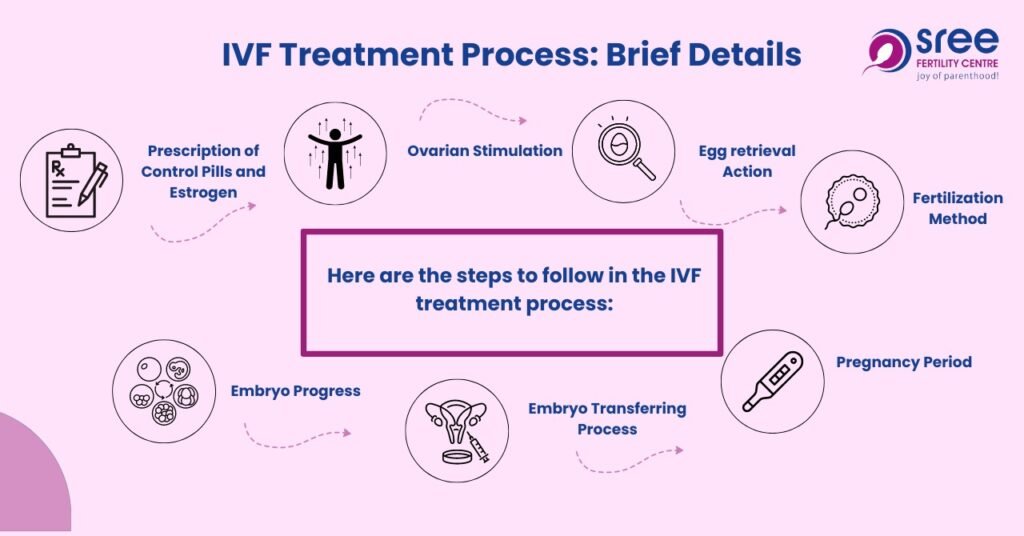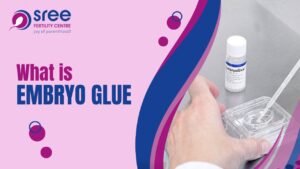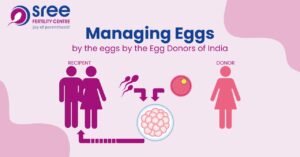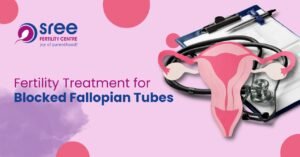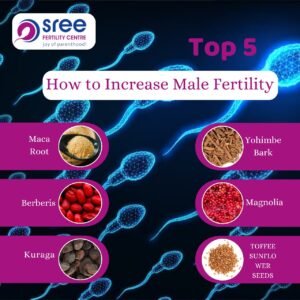IVF stands for In Vitro Fertilization, is a kind of IVF treatment process treated with Reproductive Technology (ART) where fertilization of sperm and an egg is performed outside of the human body. IVF treatment needs an expert because of the process of IVF retrieving eggs from ovaries and manually matching them with sperm during the lab process for fertilization. After several days once the fertilization is done, the fertilized egg (now known as embryo) is placed inside a uterus.
Why IVF is Important?
People need to choose the IVF treatment process for different reasons, such as infertility issues or in the case of existing health condition of one partner. When other fertility methods don’t work or if someone is at the age of advanced, IVF is the only option to choose. IVF works as a reproductive treatment for same-sex couples who have a dream of having a baby without a partner.
The IVF treatment process can be effective if you or your partner have the following:
- Endometriosis
- Sperm impairments or Low sperm count
- Damaged Fallopian tubes
- Ovarian conditions or Polycystic Ovary Syndrome (PCOS)
- Undescribed Infertility
- Issus with Uterus
- Genetic disease or disorder
IVF Treatment Process: Brief Details
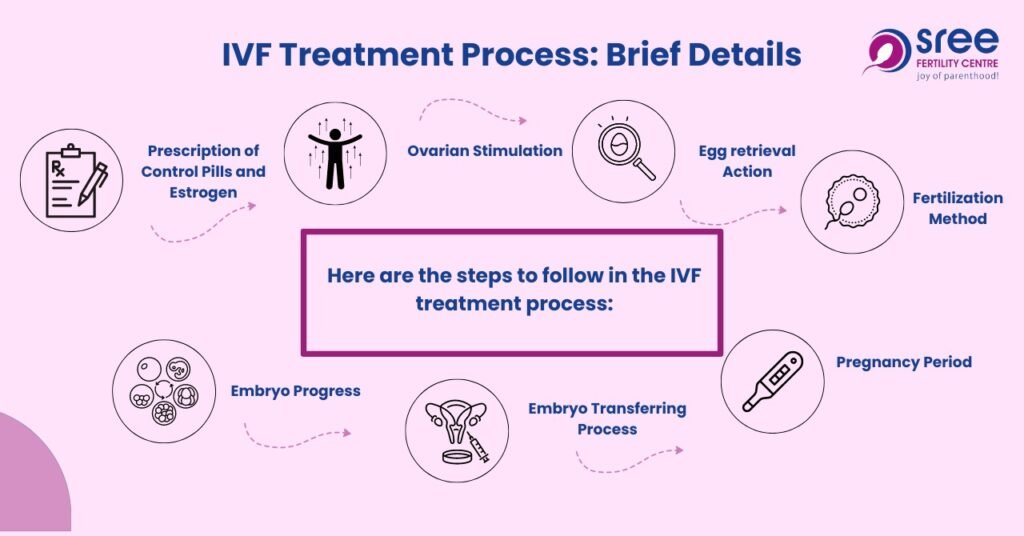
Here are the steps to follow in the IVF treatment process:
- Prescription of Control Pills and Estrogen
A healthcare specialist prescribes estrogen and birth control pills before starting the IVF treatment. The motive of this prescription is to control the time of your menstrual cycle and stop the development of ovarian cysts. The chances of controlling treatment and maximizing the quantity of mature eggs are higher when the egg retrieval procedure is ON. A healthcare provider prescribes the combination of estrogen and progesterone, while others are prescribed just estrogen according to the case.
2. Ovarian Stimulation
An amount of eggs starts to mature monthly when the natural cycle in a healthy person of reproductive age takes place. Generally, only a single egg converts mature to ovulate. The rest of the immature eggs in the group disintegrate.
The process of the IVF cycle includes injecting hormone medications to accelerate all the groups of eggs to mature continuously and completely. It can be said that you may have a large group of eggs instead of just having one egg (in a natural cycle). IVF treatment process add-on dosage, frequency, and the type of medications prescribed by IVF specialists in Varanasi will be settled to you as per your health record, age, your reaction to ovarian stimulation, AMH (anti-mullerian hormon) during earlier IVF cycles.
Additional steps followed during the process of ovarian stimulation include:
- Monitoring: IVF specialist will monitor your ovaries response to the medications with the use of ultrasounds and blood hormone levels. The procedure will be occurred on daily basis or every few days or two weeks as per required. During monitoring process, a specialist will employ ultrasound to check out your uterus and ovaries. An ultrasound clarifies too small eggs and makes them visible to the doctors. However, a doctor’s measurement of the size and number of born ovarian follicles helps them to understand the condition of an IVF treatment process. Follicles are small sacks available in your ovaries that must be converted into a single egg. Each follicle’s size showcases the maturity of the egg it contains. 14 millimeters follicles encourage a mature egg. Smaller follicles than 14mm contain immature and unfertilized eggs.
- Trigger shot: Final maturation will begin when your egg is ready (undergone through the hormones and ultrasound), Action of a trigger shot will being to consider the final maturity of your eggs in terms of egg retrieval. A healthcare provider will instruct you to address the trigger shot after 36 hours while scheduling egg retrieval.
3. Egg Retrieval Action
Let’s reveal some important points to understand this step:
- During the IVF treatment process, your doctor employs an ultrasound method to perform a thin needle into all of your ovaries via your vagina. A suction device works with a needle to pull your eggs out of each follicle.
- A dish is used for a special purpose to place your eggs. Then, a dish is put in an incubator (measured atmosphere)
- To reduce the discomfort in this operation, medication and mild sedation are used by the doctors.
- Once your last hormone injection, the “trigger shot” is done, the egg retrieval process is finalized in exactly 36 hours.
5. Fertilization Method
Once the egg retrieval step is passed out, the embryologists are ready to fertilize all your matured eggs using ICIS (intracytoplasmic sperm injection). The sperm would be injected easily into each mature egg. Again, a dish will be used to place immature eggs with sperm and nutrients. These immature eggs rarely complete their maturation task into the dish. In the case of an immature egg turns mature, the dish with sperm and nutrients can attempt to fertilize the egg.
Approximately 70% of mature eggs would be fertilized. For instance, a retrieval of 10 mature eggs can encourage nine to fertilize. If it is done successfully, the fertilized egg turns into an embryo.
It is possible a large number of eggs can be fertilized but you don’t want all eggs fertilized during the IVF treatment process, a minimum quality of eggs might be frozen prior to fertilization for future use.
6. Embryo Progress
After the next 5-6 days, your healthcare provider can easily monitored the development of your embryos.
One of the most important factors is your embryo must overcome important hurdles to make an embryo suitable for transfer to your uterus. Half a percentage of fertilized embryos run towards the blastocyst stage. This is where a suitable transformation to your uterus can be possible. A fertilization of seven eggs races up three or four eggs to the blastocyst stage. The other 50% of fertilized eggs are typically failed to progress and discontinued.
7. Embryo Transferring Process
Frozen embryo transfer and fresh embryo transfer are two basic types of embryo transfers during the IVF treatment process. By understanding the situation, your healthcare provider will discuss fresh or frozen embryos and suggest what is best for you. The same transfer process is applied to frozen and fresh embryo transfer. But the actual difference is their name.
Once the egg retrieval procedure is done, a fresh embryo transfer takes place by inserting your embryo into your uterus between 3-7 days. There is no use of Frozen, and it’s all about “fresh”.
On the other hand, a frozen embryo transfer refers to frozen embryos (from an earlier donor eggs and IVF cycle) that are inserted or thawed within uterus. The doctors believe that the process is most common for logistical reasons as the procedure is more likely to result in a live birth. Apart from egg retrieval and fertilization, frozen embryo transfer can occur years.
As the part of IVF treatment process in a frozen embryo transfer, a doctor will give you oral, vaginal, injectable or transdermal hormones, preparing your uterus for adopting an embryo. Typically, oral medication takes 14 to 21 days, while six days for injections. Usually, you’ll get 2-3 appointments of embryologists during the process to measure the uterus readiness through ultrasound and to monitor your hormon levels by a blood test. As soon as your uterus is prepared, you’ll be ready for the embryo transfer.
Both embryos transfer procedures are same, except they take different timeframe after the retrieval proceed.
There is no use of anesthesia in the embryo transfer. It is same like a Pap smear and a Pelvic exam. A thin catheter is placed and a speculum is inserted within the vagina through the cervix into the uterus. A catheter attached to a syringe to contain one or more embryos. Approx. 10 minutes are required to perform the procedure.
8. Pregnancy Period
Pregnancy is possible in the case of implanting embryo itself within the lining of your uterus. A healthcare provider will perform a blood test, ensuring that you’re pregnant minimum 9-14 days after embryo transfer procedure.
The same process will be performed when the donor eggs are being used. Egg retrieval process and Ovarian stimulation will be finalized with the egg donor. During IVF treatment process, the fertilization will be used after transferring the embryo to the person who intends to carry the pregnancy.
What Are The Factors to Consider Before Taking IVF Treatment Process?
A medical exam and certain fertility tests are required before starting IVF treatment. Your partner will be tested or examined to monitor health issue. The following are some of preparation considerations that you should look:
- In depth IVF Discussion with your healthcare providers on the IVF process
- A semen analysis
- Blood tests, urine tests, Ovarian reserve tests are mandatory.
- Updated Pap test, a uterine test, adn mammogram is required (if over 40)
- Monitoring infection diseases and Sexually transmitted infections (STIs)
- Insights on how to administer fertility medications
- Evaluation of Uterine Cavity (Saline-infused Sonography (SIS) or hysteroscopy.
Before starting embryo transfer, ensure that your doctor will prescribe folic acid for approximately three months.
Conclusion
There are several factors to determine before going for IVF treatment process because it’s a challenging process and needs an specialist to be performed smartly. In order to get knowledgeable insight about IVF treatment and what to expect, it is highly recommended to consult with Sree Fertility Centre healthcare providers as well. One-and only IVF center in Varanasi, offering satisfied and ensured IVF, IUI, TESA, PESA, IMSI, Male Infertility, Vitro Fertilization, etc.

